10 principles of really high-quality design from Dieter Rams

Dieter Rams worked as a designer at Braun for 40 years. It can be argued that he grew up with the company, because he got a job there at 11 pm on the recommendation of a friend. Later, in the mid-60s, the Braun style came to be considered a symbol of modernity and progress, and thanks to Dieter’s efforts, a special laconic monochrome aesthetic was born, which determined the development of design for many decades.
But at the end of the 70s, Dieter Rams began to seriously worry about the world around him, in one of the interviews the designer generally called it “a dark mixture of forms, colors and noises”.
Understanding his role and vocation, he asked himself one very important question: is my design really good? And since good design cannot be measured by the methods we are used to, Rams tried to put ten on paper the most important principles of truly good design.
1. Good design must be innovative
The possibilities for creating something new have not yet been exhausted, and technological development constantly offers new ones. But innovative design always develops in tandem with innovative technology, and cannot simply be an end in itself.
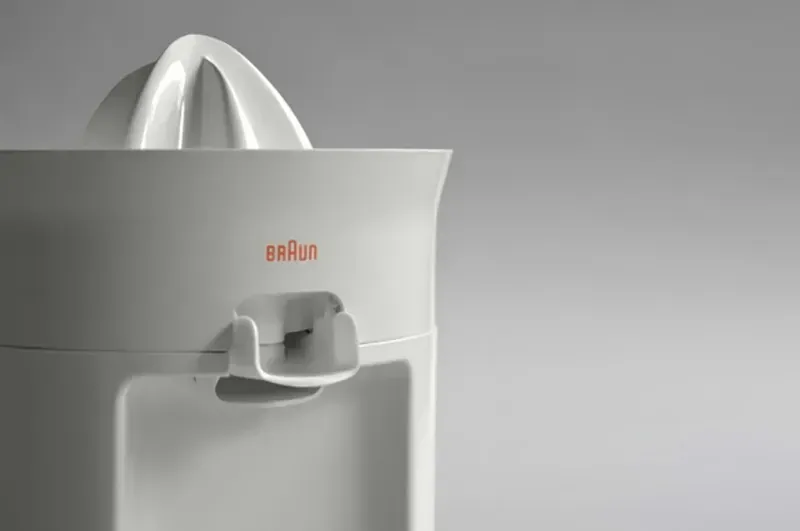
Braun MPZ21 juicer (1972). Designer: Dieter Rams
2. Good design makes a product useful
Products are bought in order to use them. The product must meet certain requirements, not only functional, but also psychological and aesthetic. Good design emphasizes the benefits of a product and ignores anything that detracts from them.
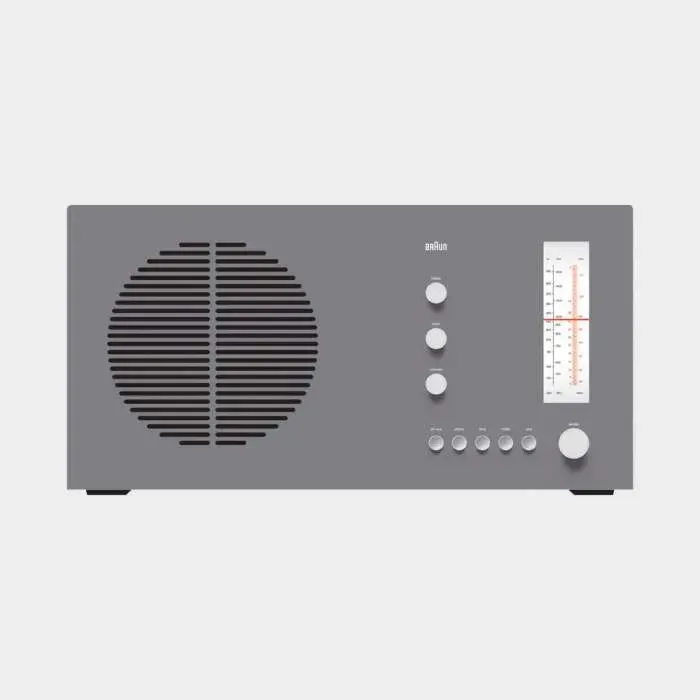
Braun RT20 radio (1961). Designer: Dieter Rams
3. A good design should be aesthetic
The aesthetic qualities of the product are an indispensable (conditional) part of the benefit it brings. Products we use with day by day affect our personality and well-being. And only well-made objects can please the eye.
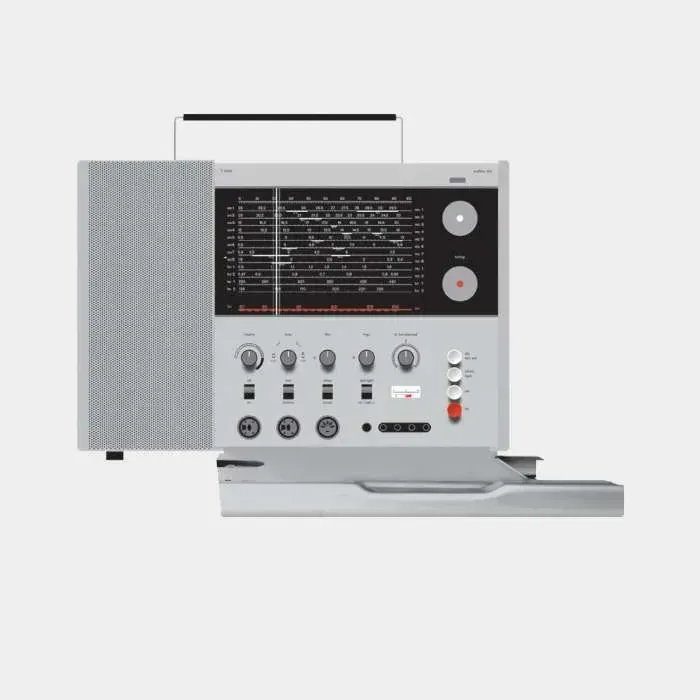
Braun T1000 radio (1963). Designer: Dieter Rams
4. Good design makes the product understandable
This design clarifies the structure of the product. Better yet, he can make the product speak for itself. And in the best case, it needs no explanation at all.
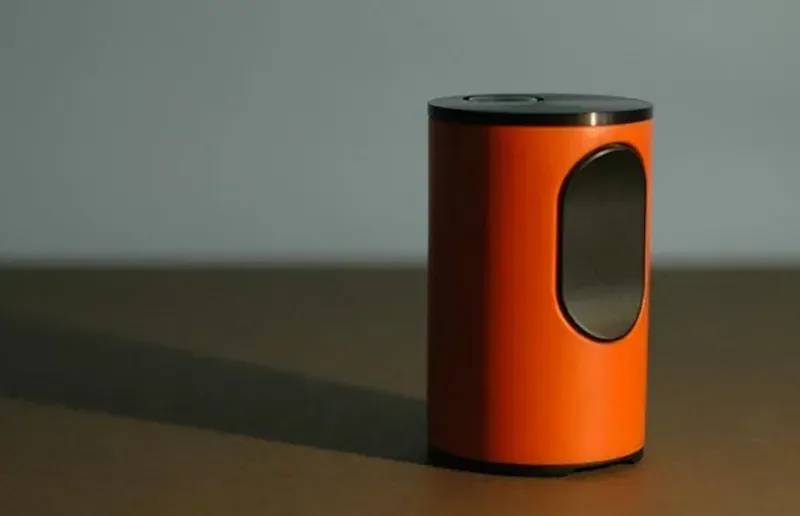
Braun T2 lighter (1968). Designer: Dieter Rams
5. Good design should be invisible
Products that serve a purpose are like tools. They do not play the role of decorations or works of art. Therefore, their design should be neutral and restrained to leave room for self-expression of its user.
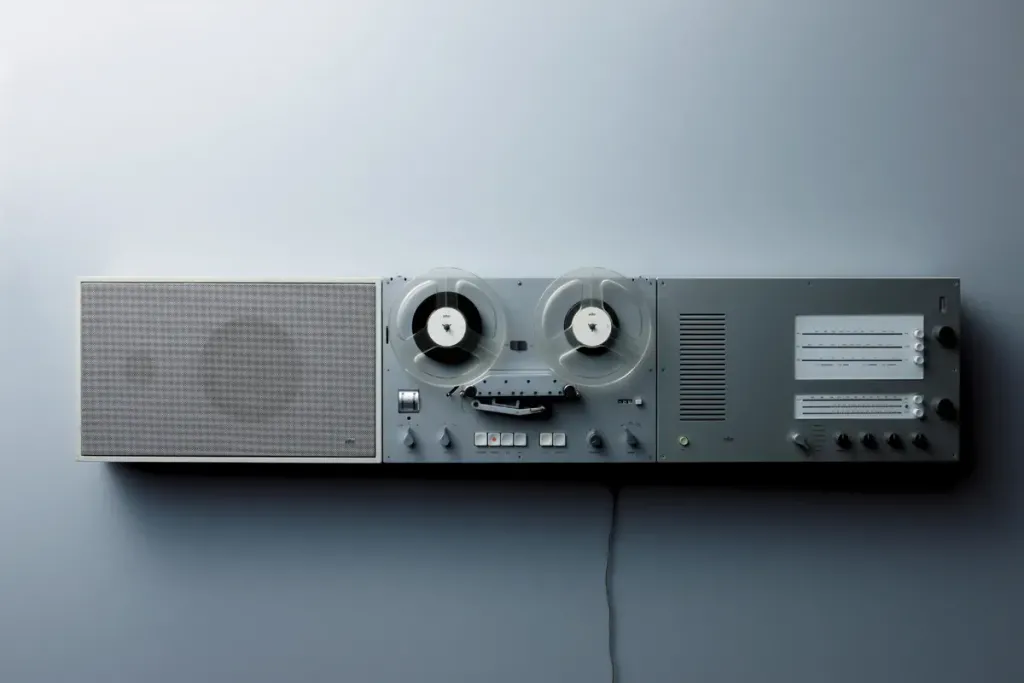
L450 speaker system, TG60 reel-to-reel tape recorder and TS45 control panel. Designer: Dieter Rams for Braun (1962-64)
6. Good design must be honest
It does not make the product more innovative, stronger or more valuable than it actually is. He is not trying to manipulate consumer and does not promise what he cannot give.
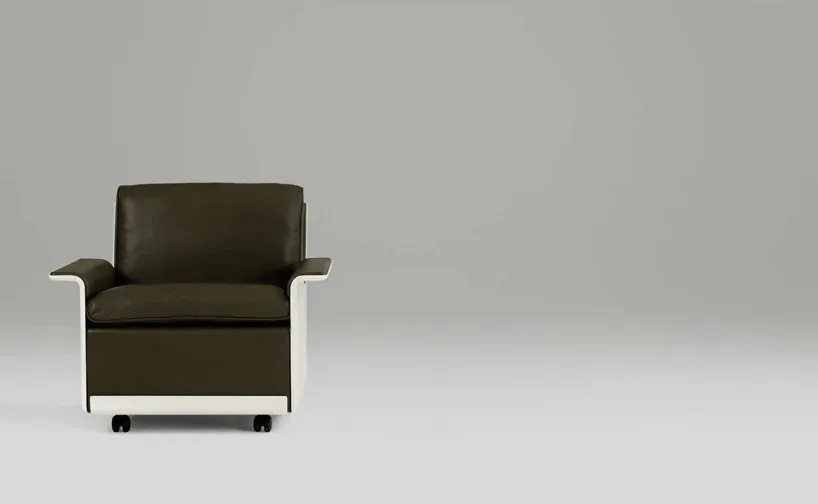
Chair. Project 620 (1962). Designer: Dieter Rams for Vitsœ
7. Good design never gets old
He avoids fashion, so he will never get out of it. Unlike fashionable design, good design will be relevant for many years, even in today’s “disposable” society.
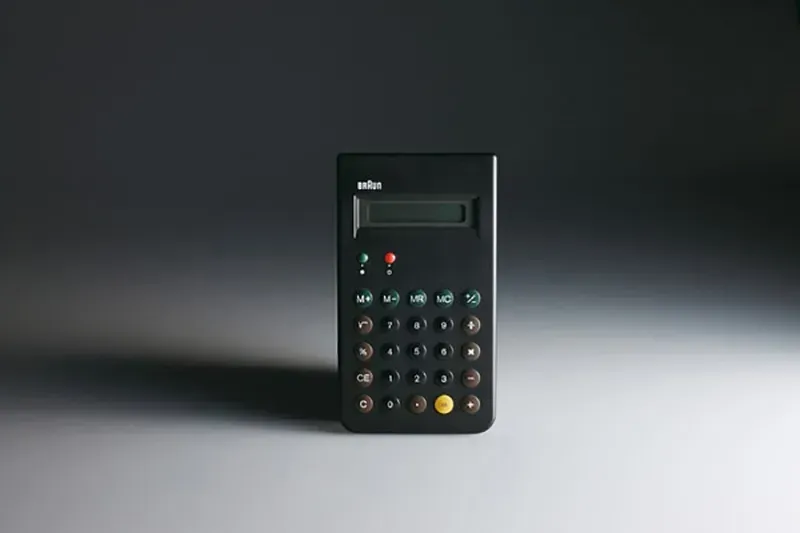
Calculator ET 66. Designer: Dieter Rams and Dietrich Lubes for Braun (1987)
8. Good design is carefully worked out to the smallest detail
In good design, nothing is accidental or haphazard. Care and precision in the design process demonstrate respect for user
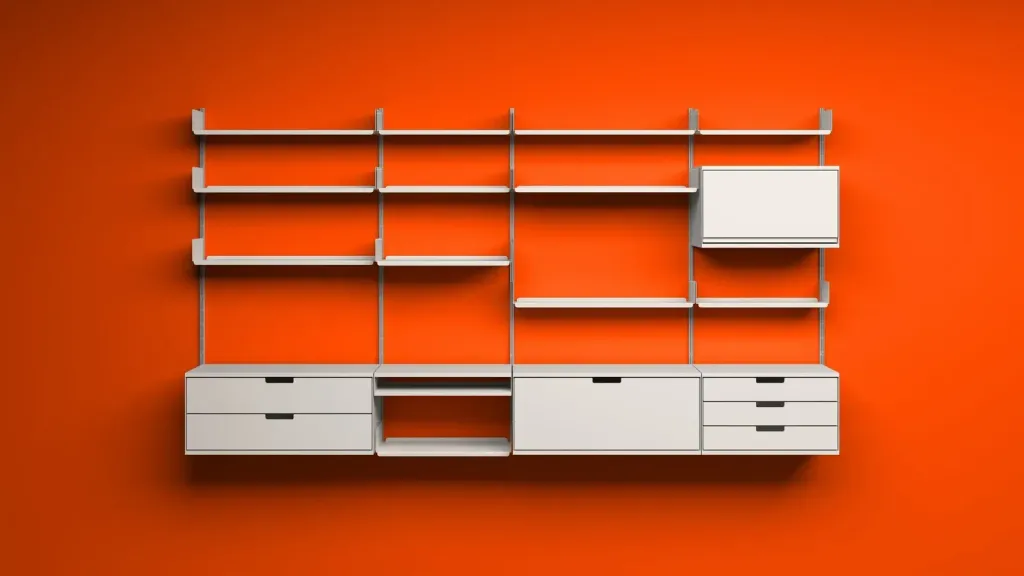
606 Universal shelf system. (1960). Designer: Dieter Rams for Vitsœ
9. Good design should be clean (environmental)
Design makes an important contribution to environmental protection. It helps conserve resources as well as minimize physical and visual pollution of the environment during the entire service life of the product.
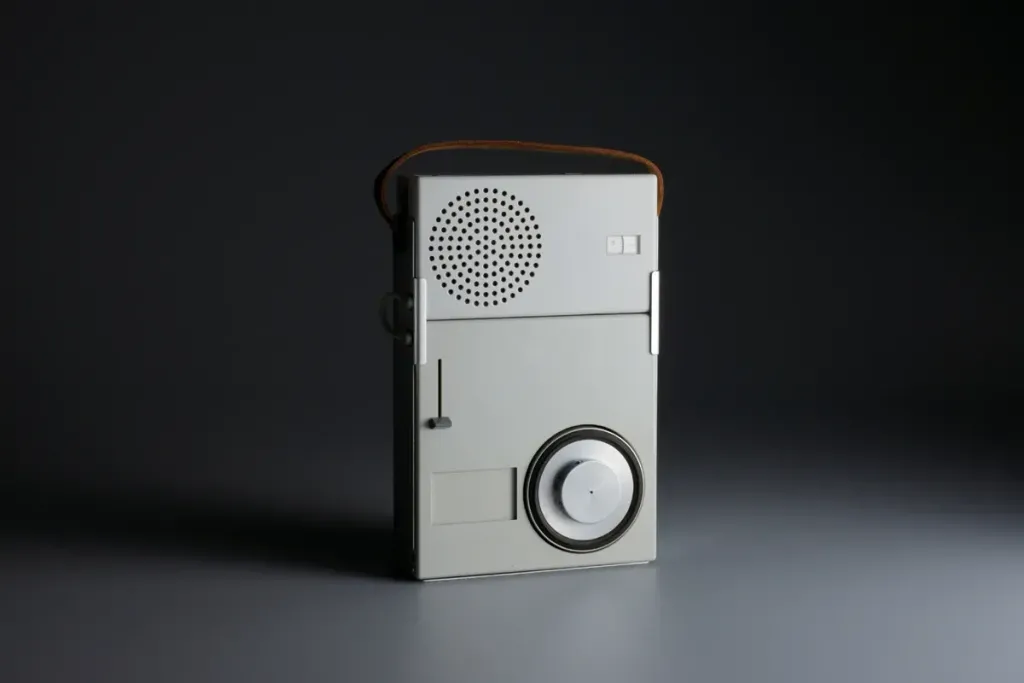
Braun TP1 radio (1959). Designer: Dieter Rams
10. Good design should be as little as possible
Less is more, because good design focuses only on essential details. In this case, the product will not be overloaded non-essential qualities. Back to clean, back to simple.
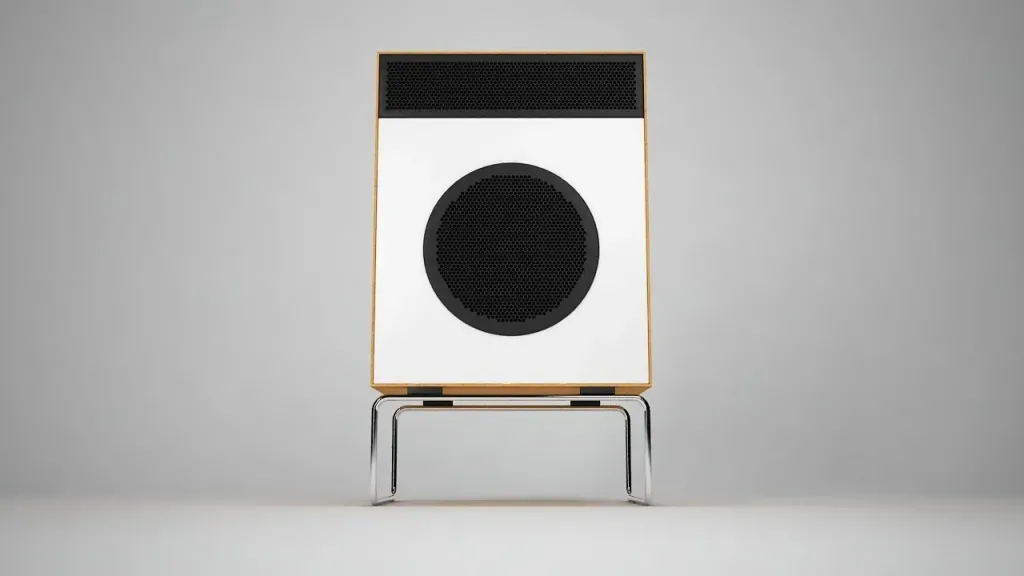
Braun L2 speaker system (1958). Designer: Dieter Rams
Conclusion:
Less is better because it allows you to focus on the essential aspects and tasks of the product. back to clean back to simplicity
